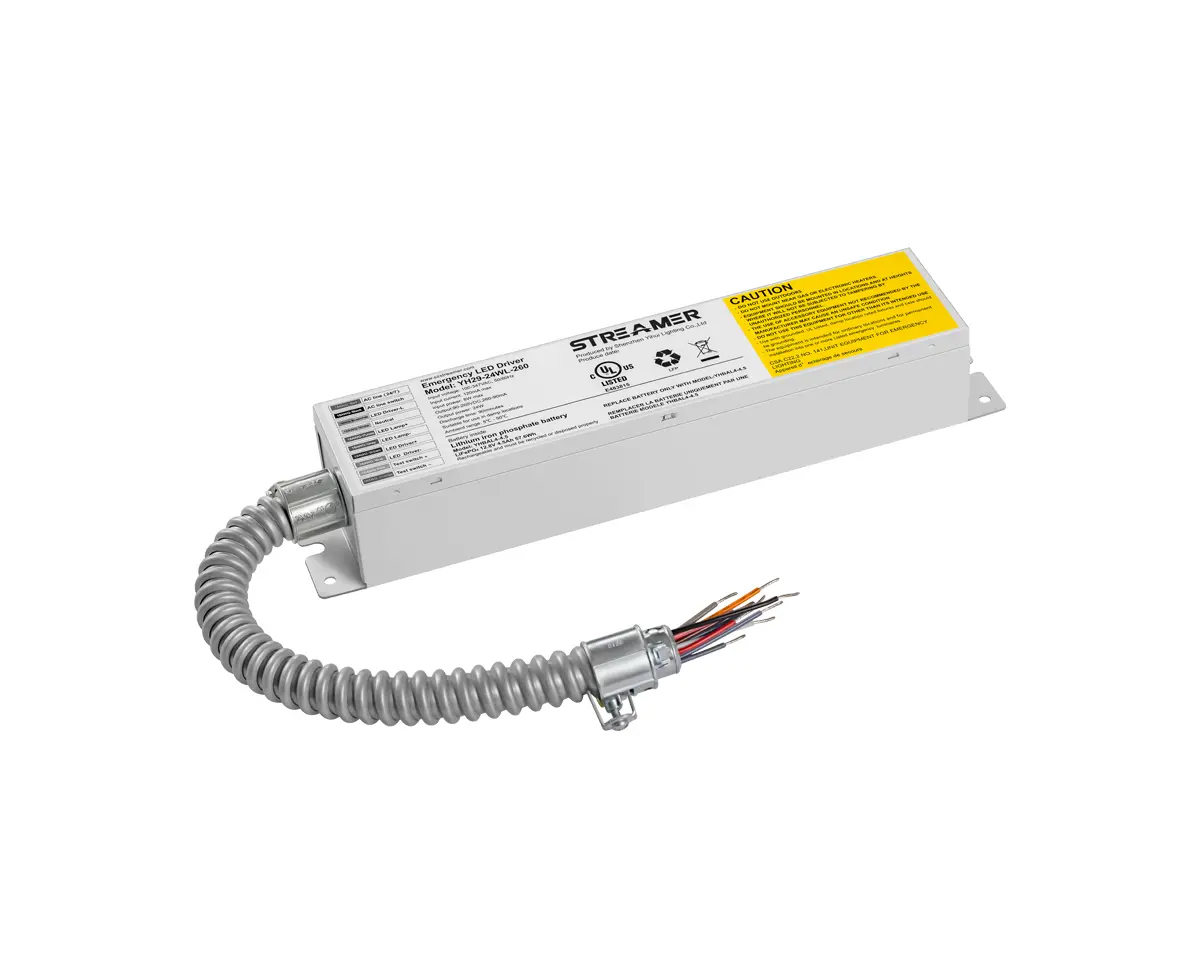 1
1
 Mar 03, 2025
Mar 03, 2025

Shear forces can be a significant threat to the integrity of LED emergency power supplies, especially in applications where the power supply is subjected to lateral or twisting forces. To resist shear forces, these power supplies are designed with specific features.
The mechanical connection between the different parts of the power supply is carefully engineered. The housing and the internal components are connected using strong, shear - resistant fasteners. Bolts and screws with high - shear - strength ratings are used to secure the components in place. In addition, the design of the connection points may include features such as interlocking tabs or flanges. For example, in an industrial conveyor system where the LED emergency power supply may be subjected to lateral forces as the conveyor moves, the housing and the circuit board are connected using high - strength bolts and interlocking tabs. This ensures that the components do not separate under shear forces.
The internal components of the LED emergency power supply are also designed to withstand shear forces. Circuit boards are made of materials with high - shear - modulus properties. This means that the circuit board material can resist deformation when subjected to shear forces. Additionally, the components mounted on the circuit board are arranged in a way that minimizes the exposure to shear forces. For example, larger and heavier components are placed closer to the center of the circuit board, where they are less likely to be affected by shear forces.
Shear - force - resistant LED emergency power supplies are also tested to ensure their performance. Manufacturers use specialized testing equipment to apply shear forces to the power supply and measure its response. Based on the test results, improvements can be made to the design, such as strengthening the connections or changing the layout of the components. This ensures that the LED emergency power supply can effectively resist shear forces in real - world applications.